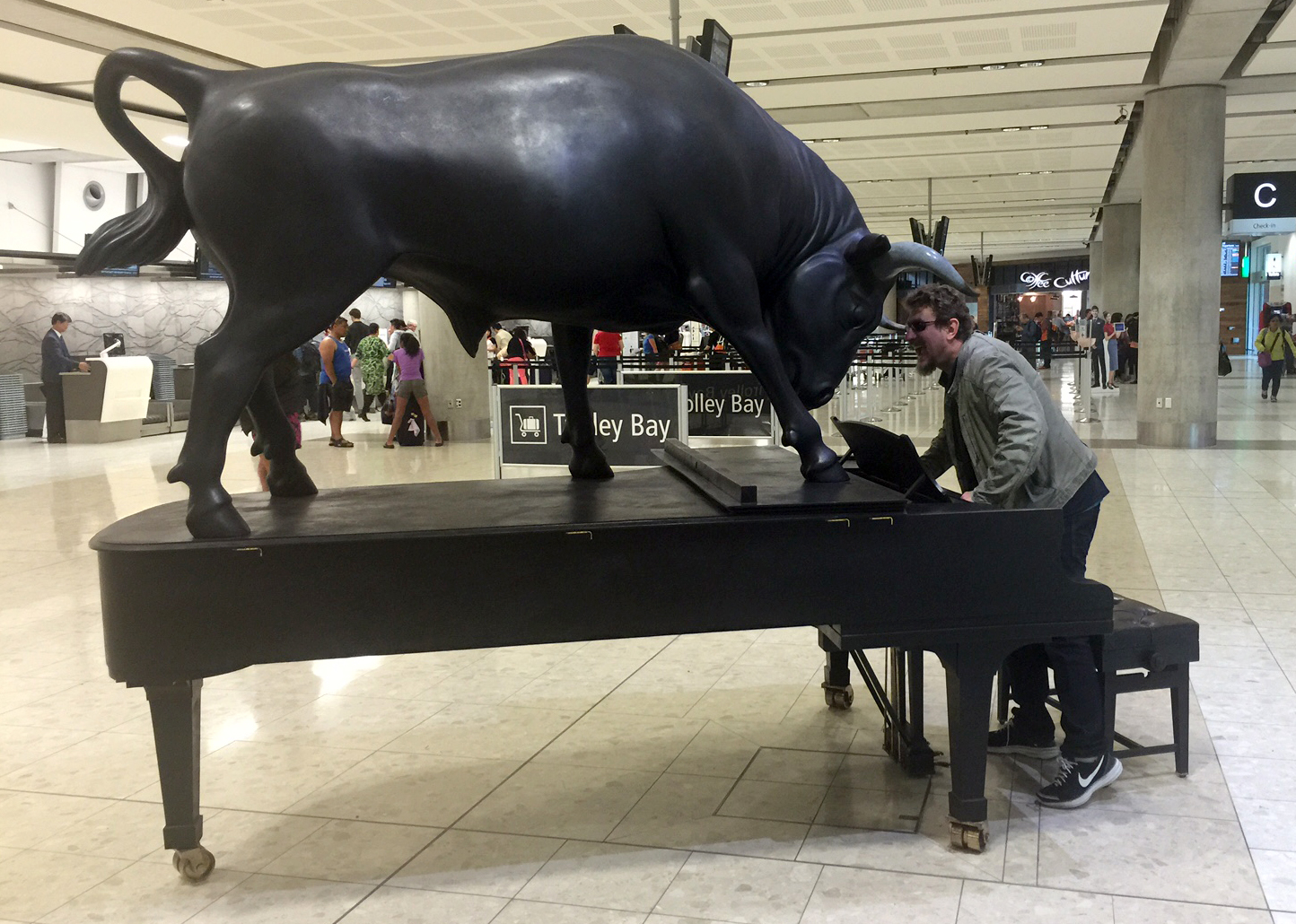
COPYRIGHT
Many people believe all images/data appearing on the Internet are free for use – this is not the case and all images placed on the web are still copyright to the originator of that image/data, therefore all images appearing on this site are copyright to myself and any use in any way whatsoever is prohibited, if you do wish to use any of my artwork please contact me first. Thank you.
Here are some interesting points relating to Copyright from The Code of Practice for artists and dealers in Aotearoa/New Zealand. This is very important for artists to know as well as their customers and dealers.
What is copyright? Copyright is the right to stop others doing whatever it is your right to do. So another person may not copy your works. However, it protects the form in which the idea is expressed, not creative ideas behind the work. Copyright arises when the creator (the artist) creates original work. It is automatic under the Copyright Act 1994 – there are no formal registration requirements. Copyright is a property right and therefore capable of being assigned and licensed.
I’ve bought artwork. Do I own copyright? No, all You have bought is the artwork. The copyright remains with the artist and they are fully within their rights to license a third party to reproduce the image – on cards, posters and T-shirts for example – without having to consult you. It is possible for the artist to sell the work to one person and the copyright to another. The copyright remains on a work for the lifetime of the artist, plus 50 years after their death.
Are there any exceptions to this situation? Unless there is a contract stating otherwise, the artist is the first owner of copyright. Exceptions are when copyright in works created by employees belongs to employer, and when the artist is commissioned to make work. The copyright then belongs to commissioner, unless contractual details stipulate otherwise.
I’ve discovered another artist producing almost identical work to mine. What recourse do I have? The courts would consider this allegation by asking three questions:
-
Is the work objectively similar to the other?
-
Is one work derived from the other?
-
Qualitatively, has a substantial part of the work been taken?
Obviously court action can be costly and a lengthy process and often mediation is more appropriate (and cost effective).
I’m confused. I’d like to paint birds but it appears that other artists got there first. How do I avoid copyright violation? The law of copyright allows you to take the idea as long as you don’t copy the way it is expressed. Copyright protects the form or appearance of the work. The simplest rule of thumb is to learn from the success of the leading artists but find your own interpretation.
What about when galleries reproduce my work to help sell my art? Generally the use of images in brochures, websites and magazines should be covered in a written agreement between artist and gallery and, in particular, it should cover circumstances when royalty-free usage can be made. This agreement should also cover cropping, altering or overprinting images used by the gallery as promotional material.
